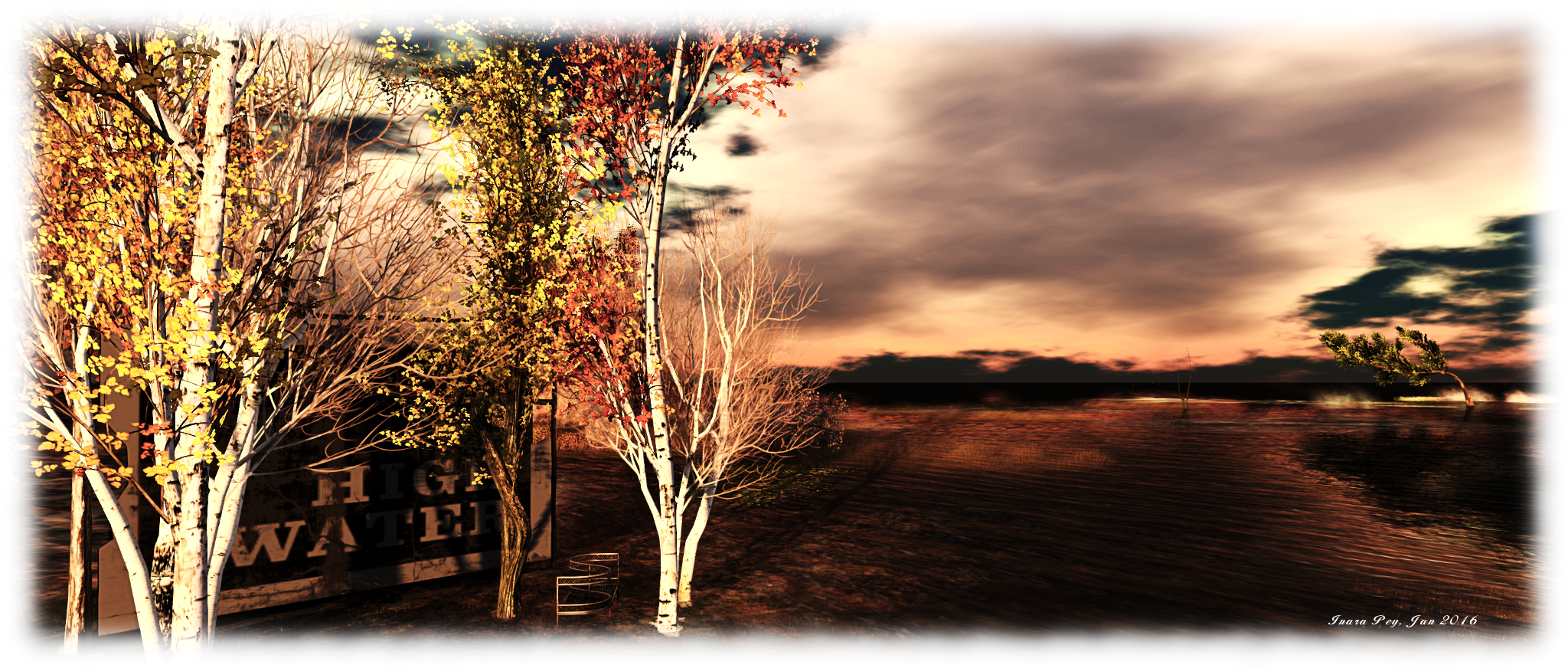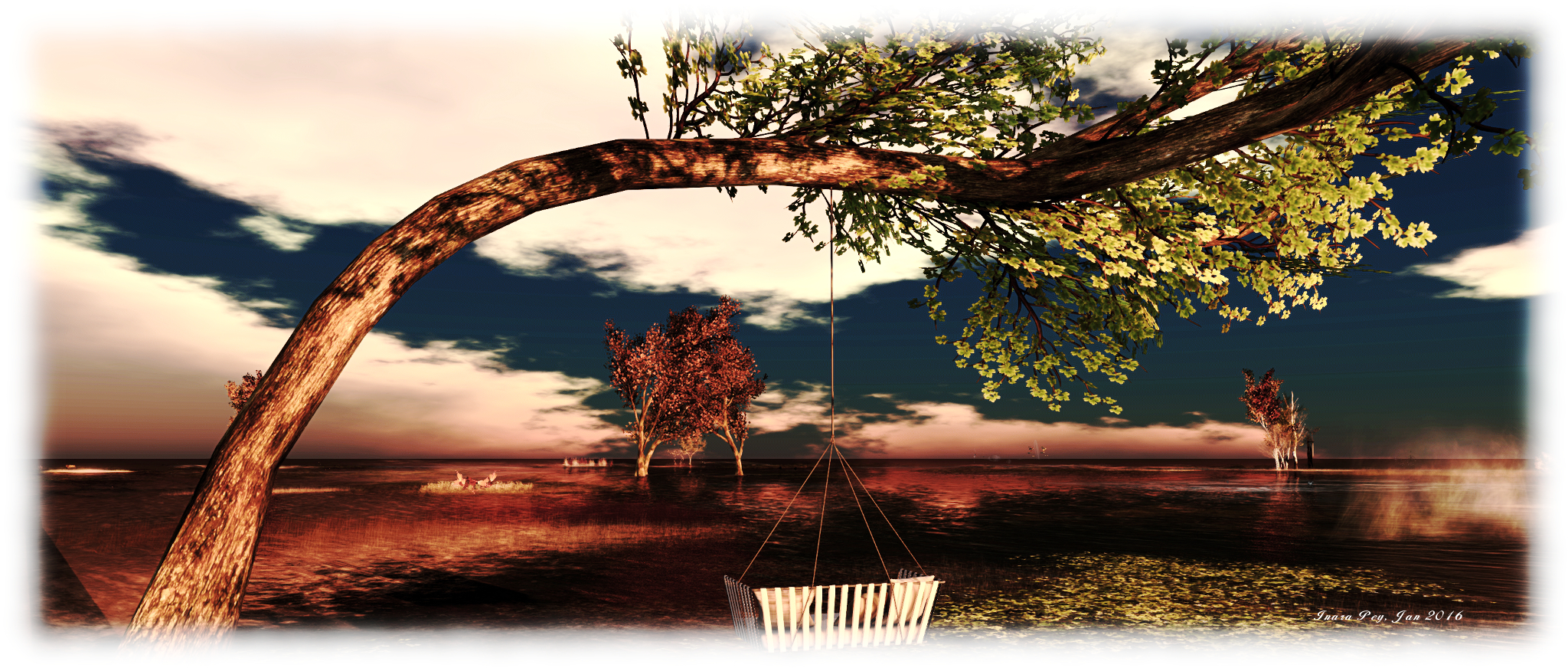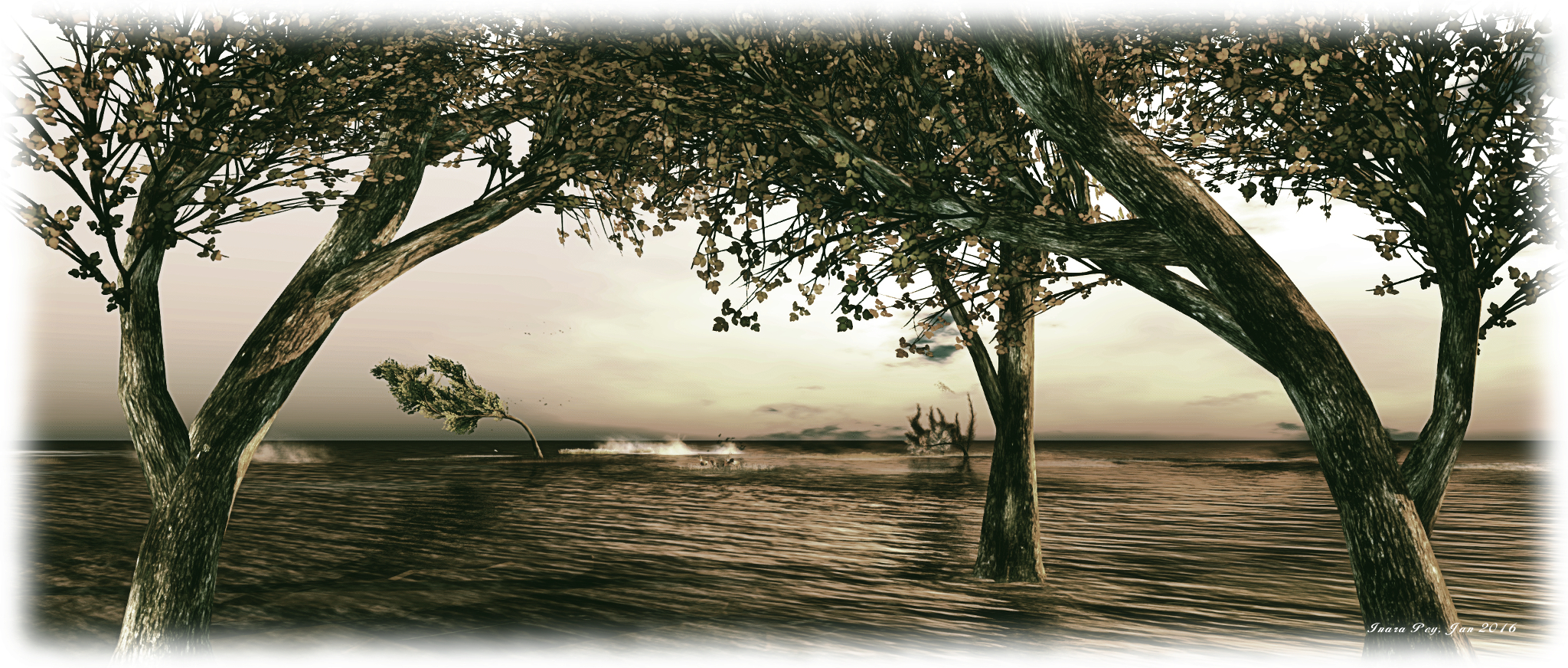
Welcome to the first in a news series and to a new departure for this blog – articles by guest contributors. In this series, and over the coming weeks, Caledonia Skytower examines the ins and outs and dos and don’ts of event promotion in a virtual world.
By Caledonia Skytower
1. Blasting the Myths
Second Life is like baseball, or rather like baseball movies. Is it really? There is an insidious myth in virtual worlds that if you create something that you believe is wonderful, and tell a few friends about it, people will (and should) come flocking from all parts virtual to see your brilliance, experience your events, fill your jars with awe-induced tips.
“If you build it, they will come”, may be a misquote from a certain Hollywood movie featuring Kevin Costner, Ray Liotta and James Earl Jones, but there are times when it feels like it is the motto by which many live by when developing something in a virtual world we want to share with others.
But here is the myth-shattering reality: it takes almost as much time and effort to promote something successfully, as it does to create it. Event and ongoing venue promotion is hard work. In managing Seanchai Library, which has decent and consistent success for a venue that does not have a single dance pole, I spend approximately 15 hours a week. Four to five hours of that, depending on the week, is in promotion – nearly one-third. It is enough to make you get tired of hearing your own promotional voice. You really cannot get tired of promoting if you want to build a meaningful presence, or have more than three of your BFFs attend your event or explore your creation.

There is no one single way to reach people – no silver bullet or easy answer. Why is that? Because people are diverse. They take in information and make decisions about where they spend their time in different ways. Just as there are different types of learners – people who absorb information best visually, audibly, and kinetically, etc – people look for and process news information in ways that suit how they personally are wired. It is more than just sending out a few note cards and IM bombing your friends list. If you want to build a healthy audience base, one with an ever-changing balance of faithful supporters and refreshing new pixels, you have to get information to people in a form and manner that taps into their natural habits. That is your job!
Back when I was artistic director of a non-profit performing arts company in the first-world, we used to print posters and would allot a certain amount of them to the cast and crew. This is a pretty fundamental strategy, because your number one audience source (pay attention to this!) is always friends and family. So you want your performers/artists to be passing the word – to be “roaring lions” as the saying goes. Actors especially, like keepsakes. A poster is a classic one. We had to keep reminding people that, unless their back seat had become some unique kind of public place with a lot of people coming and going, leaving posters in the back of the car was defeating the intent of the poster. Put the posters where people will see them!

The same holds true with information of all kinds about places and events in Second Life. You have to figure out where people are looking for information, and you have to get your information there for them to see. You have to be clear and consistent.
This is something that Inara and I have discussed many times – how people can be so naive about promotion. To be fair, not all of them have had the experience that we have had: having both been virtual journalists and had some experience in promotion elsewhere. Most of us are consumers of such information, not the progenitors of it. So that is how this series was born, and I want to thank Inara for her support in publishing it.
I do not know absolutely everything about marketing and promotion. I am not even a marketing professional in first-life. However, over the years I have learned a thing or five, and what I know I will share. Some concepts do not change with technology or platforms, they just have to be re-applied appropriately in the new context. In this series of posts I will share everything from absolute beginner basics, to evaluating the success of your efforts.
Hang on, and have your pencils sharpened. Successful events and healthy region traffic will be your final exam.
NEXT POST: The Basics – Who? What? Where? When?
Catch the Entire Series
If You Just Build It… is a multi-part series. To catch up with everything, follow the links below.
- Blasting the Myths
- The Basics: Who? What? Where? When? How?
- Words matter. So does how you use and share them
- Creating Visual Collateral
















